Alocasia Amazonica Polly Elephant Ear Plant 12cm pot
£10.00
Out of stock
The Alocasia Polly, also known as the African Mask Plant or Elephant Ear Plant, is a striking tropical houseplant prized for its bold and dramatic appearance. Its dark green, arrowhead-shaped leaves are adorned with prominent white veins that create an eye-catching contrast. The glossy, deeply lobed leaves have a sculptural quality, making Alocasia Polly a statement plant in any indoor space.
Compact and elegant, this Alocasia is perfect for adding a touch of the tropics to your home. While it enjoys bright, indirect light, it can also tolerate lower light conditions, though its growth may slow. Ideal for plant lovers who enjoy more exotic varieties, Alocasia Polly can bring a unique aesthetic to your living room, bedroom, or office.
Troubleshooting for Alocasia Polly
The Alocasia Polly is a beautiful, yet sometimes challenging houseplant that requires specific care to keep it thriving. If you notice problems with your plant, here are common issues and solutions to help maintain its health.
Why are my Alocasia Polly’s leaves dying?
- Problem: If the leaves are dying, it could be due to stress caused by improper watering, lighting, or humidity.
- Solution:
- Overwatering or underwatering are common reasons for leaf decline. Water when the top inch of soil is dry, ensuring that the soil is moist but never soggy.
- Low humidity can also cause stress, leading to dying leaves. While high humidity is ideal for Alocasia Polly, it is best achieved by placing the plant in a naturally humid environment, such as a bathroom or kitchen.
- Natural leaf loss: When your Alocasia Polly produces new leaves, it is common for older leaves to die off. This is a natural process as the plant redirects energy to new growth. However, if no new leaves are growing and the plant is only losing leaves, this could indicate an issue such as poor care or environmental stress.
- Check the plant’s light conditions. Alocasia Polly prefers bright, indirect light. Avoid placing it in direct sunlight, which can burn the leaves, and ensure it’s not in too dark of a location.
Why did my Alocasia Polly die? (Understanding Dormancy)
- Problem: If your Alocasia Polly appears to have died, it may actually be going through a dormancy period, especially during winter. During dormancy, the plant may stop growing and lose all of its leaves.
- Solution:
- Dormancy is a natural process, often triggered by cooler temperatures or shorter days. The plant conserves energy by shedding leaves, though the roots remain alive.
- During dormancy, reduce watering (keep the soil slightly moist) and avoid fertilising. Move the plant to a warm, bright area with indirect light.
- Preventing dormancy: You can minimise dormancy by keeping the plant in a warm location (18°C-24°C) with adequate light and humidity throughout the winter.
- Don’t worry—when dormancy ends, typically in spring, new growth will emerge as the plant resumes normal activity.
Why are my Alocasia Polly’s leaves turning brown?
- Problem: Browning leaves are usually caused by low humidity, overwatering, or direct sunlight exposure.
- Solution:
- Low humidity is a common cause of browning leaf edges. While high humidity is ideal, make sure the plant is kept in a humid room or group it with other plants to increase local humidity levels.
- Overwatering can cause root rot, leading to browning leaves. Water only when the top inch of soil is dry, and make sure the plant is in a pot with good drainage.
- If your plant is in direct sunlight, it could be suffering from leaf burn. Relocate the plant to a spot with bright, indirect light.
- Lastly, check for pests like spider mites, which can damage the leaves and cause browning. If pests are present, treat the plant with insecticidal soap or another appropriate solution.
Why are the stems and/or roots brown, soft, and soggy?
- Problem: Brown, soft, and soggy stems or roots indicate root rot, typically caused by overwatering or poor drainage.
- Solution:
- Inspect the roots: Gently take the plant out of its pot and examine the roots. Healthy roots should be white and firm, while rotten roots will be brown and mushy.
- Trim away rotting roots with sterilised scissors. Repot the plant in fresh, well-draining soil, ensuring the pot has drainage holes.
- Adjust your watering routine. Only water when the top inch of soil feels dry, and make sure excess water drains out of the pot.
- Reduce watering during dormancy, as the plant requires less moisture when it’s not actively growing.
By carefully monitoring your Alocasia Polly’s watering, humidity, and light, you can prevent most common issues. Remember, it’s natural for older leaves to die as new ones grow, but if you see no fresh growth and only dying leaves, there may be a problem that needs addressing. With proper care, your Alocasia Polly will continue to thrive and showcase its stunning foliage.
- How often should I water my Alocasia Polly?
- Water the plant when the top couple of inches of soil are dry. Avoid overwatering by ensuring the pot has good drainage and the soil is moist, not soggy.
- Can the Alocasia Polly thrive in low light conditions?
- While it prefers bright, indirect light, it can tolerate lower light conditions. Growth may slow in less light, so it’s ideal to place it near a source of natural light without direct sun exposure.
- What should I do if the leaves of my plant start turning brown?
- Browning leaves can be a sign of low humidity or overwatering. Increase humidity by placing it in a naturally humid room or by grouping it with other plants. Ensure you’re not overwatering by checking the soil’s moisture level before watering.

Hit the button below to create a care guide for this plant.
It should just take a few seconds but can take up to a minute to write your guide.
Add a review
 Alocasia Amazonica Polly Elephant Ear Plant 12cm pot
Alocasia Amazonica Polly Elephant Ear Plant 12cm pot
Your review
* Review is required
Name
* Name is required
Email
* Email is required
Add photos or video to your review
* Please tick the checkbox to proceed


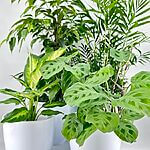


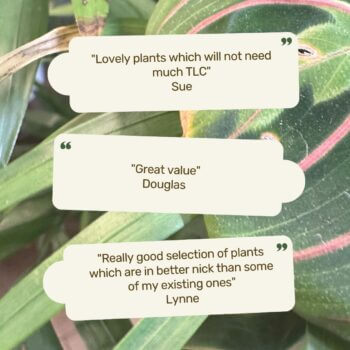
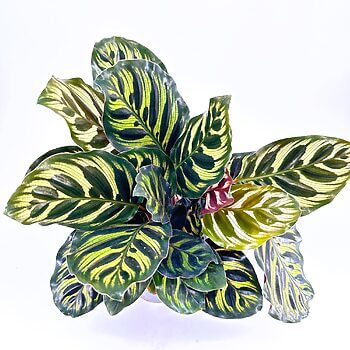
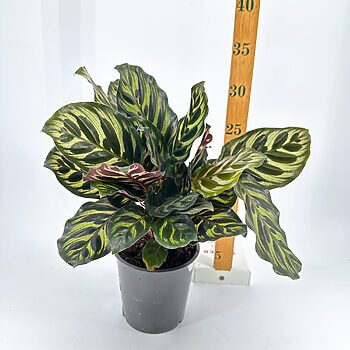
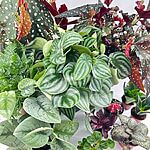


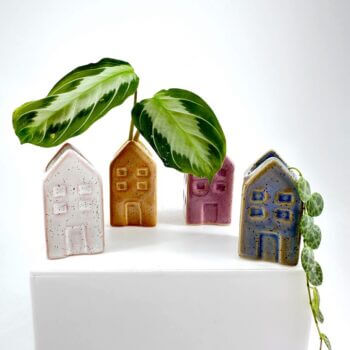
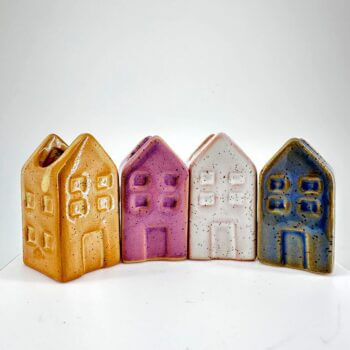
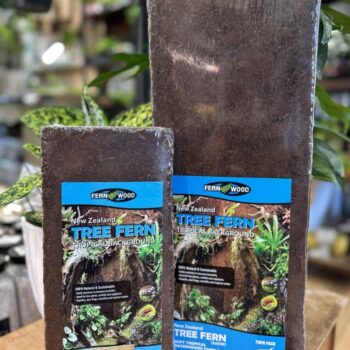
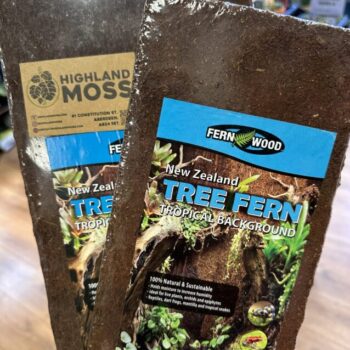
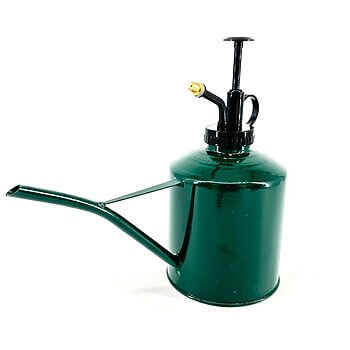
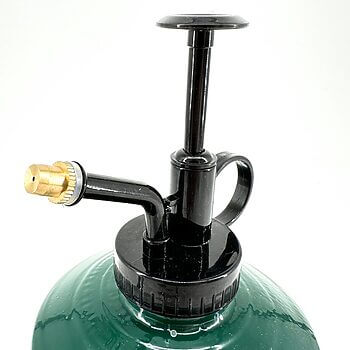
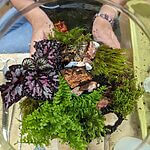
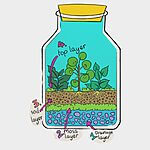

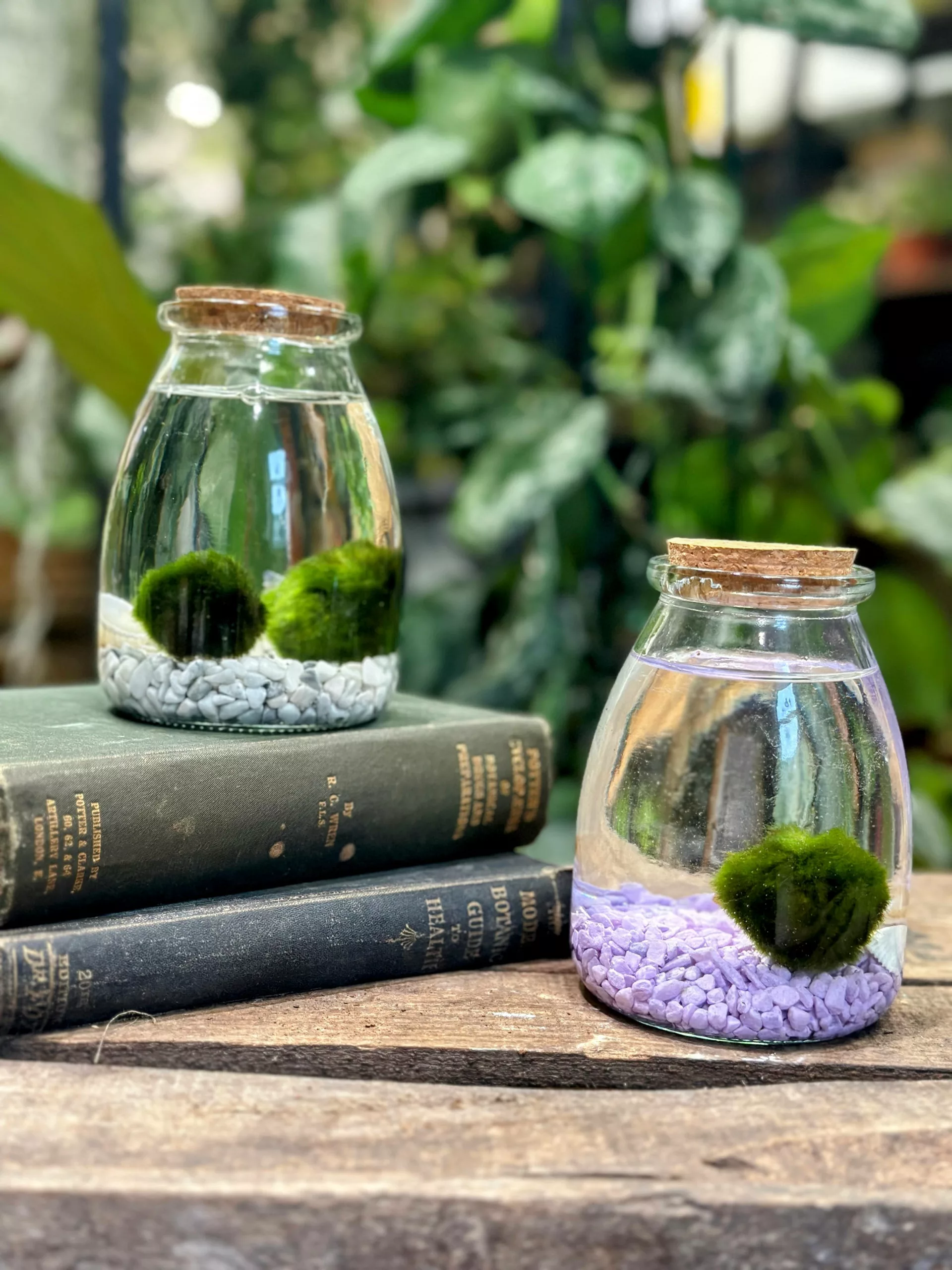
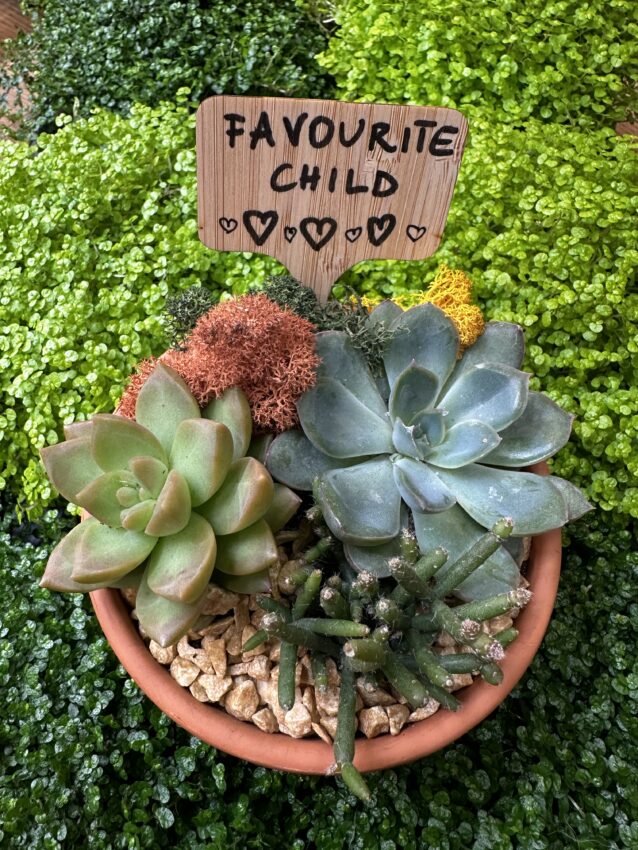
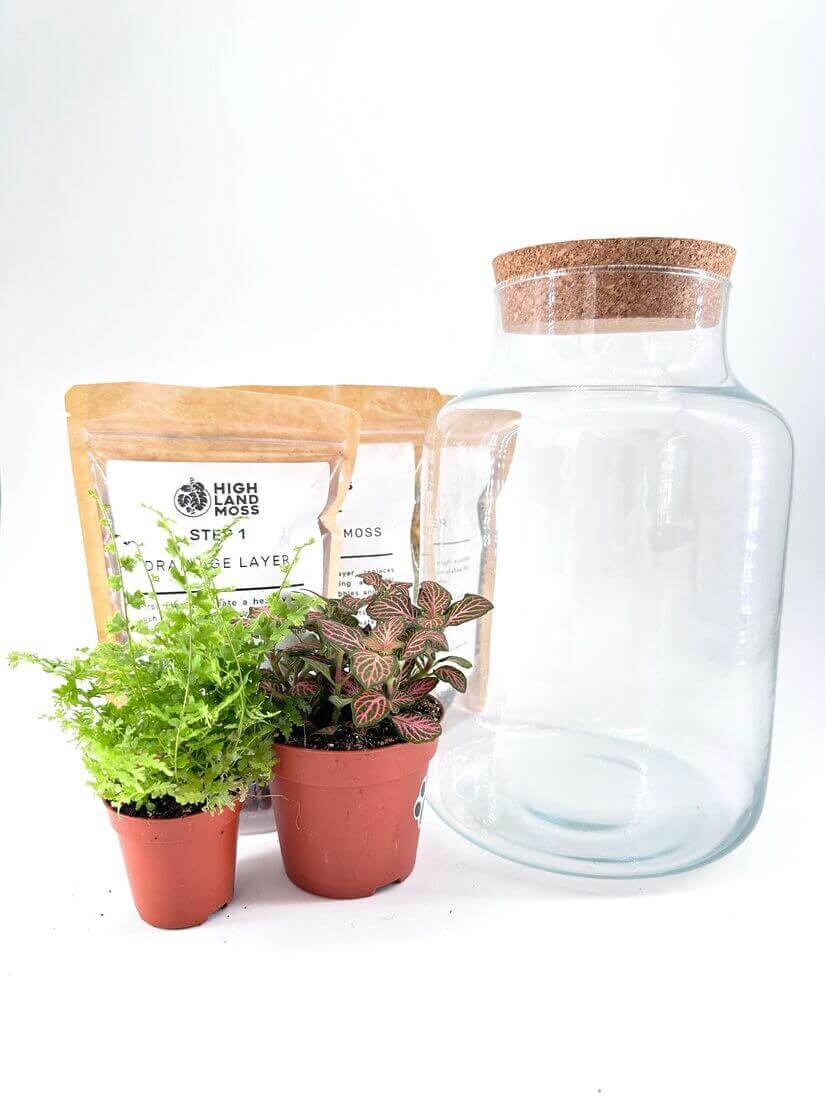
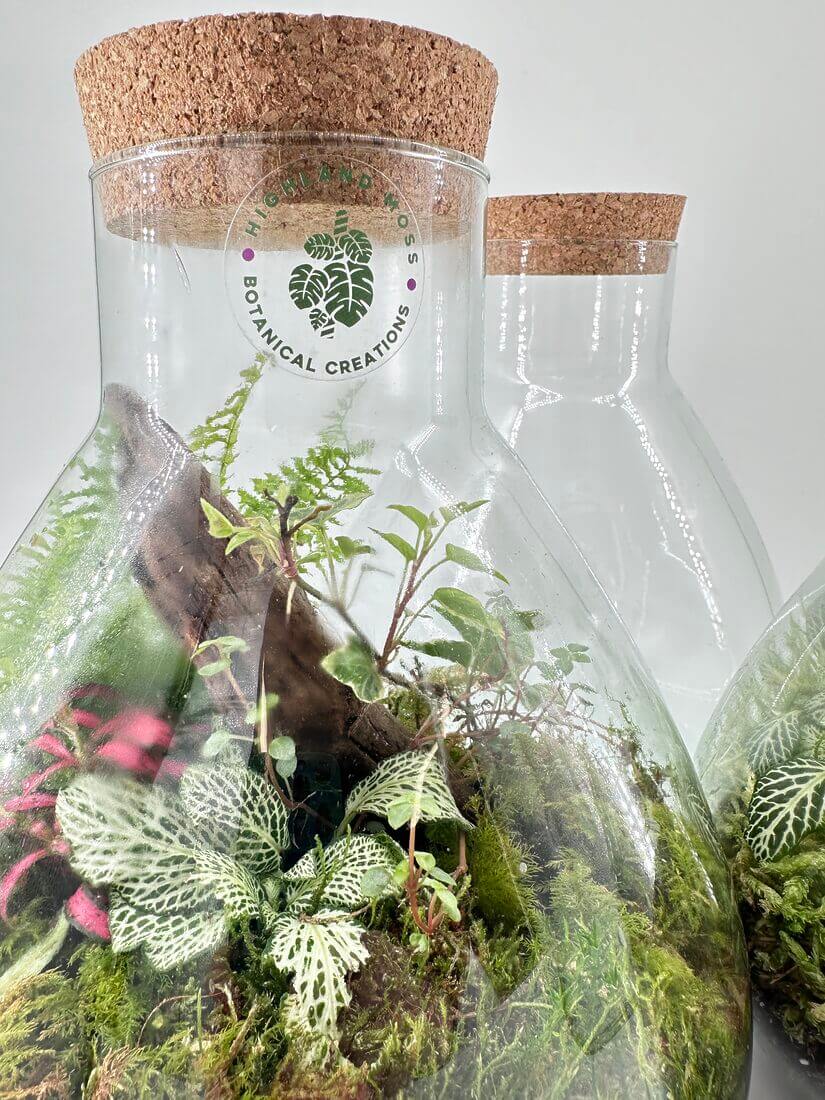
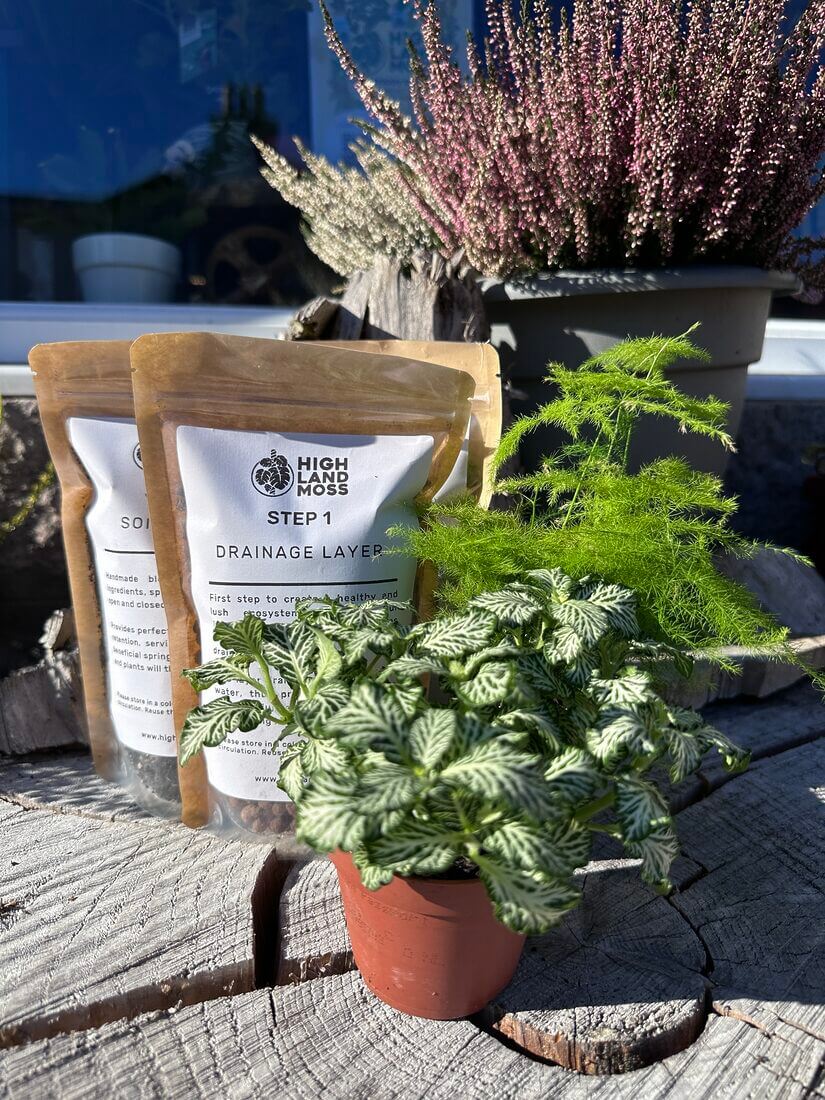

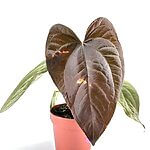

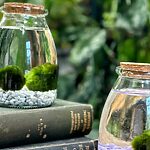
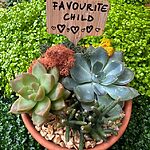
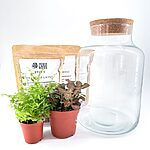
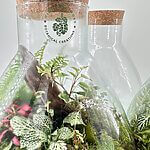
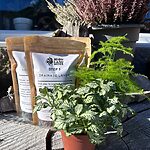


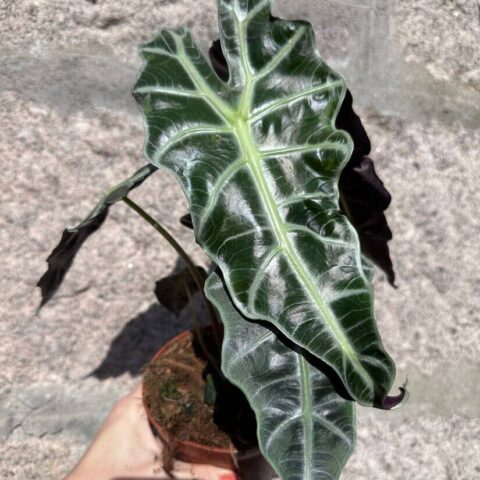







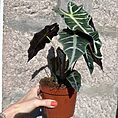
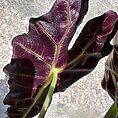
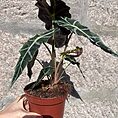
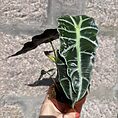
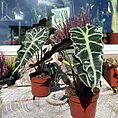
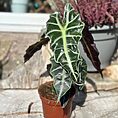

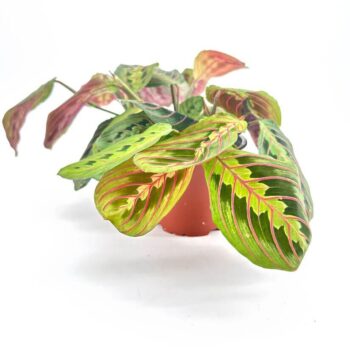
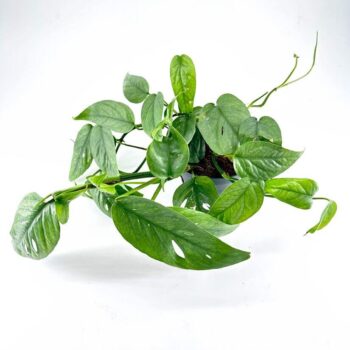
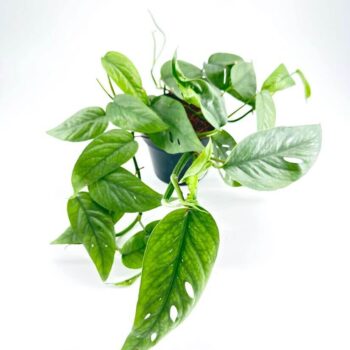
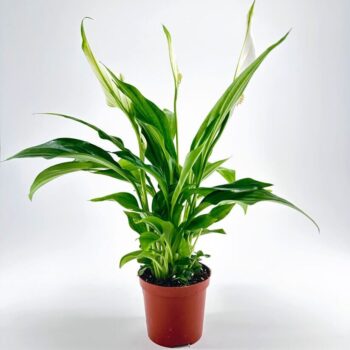
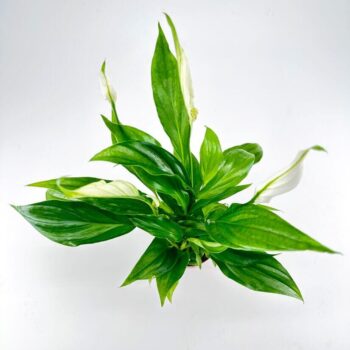
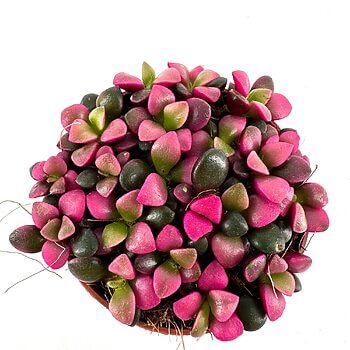
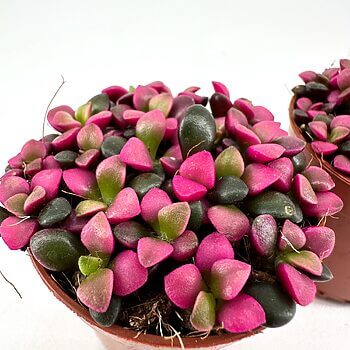

Reviews
There are no reviews yet